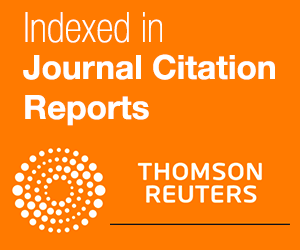STUDY ON PREVALENCE, BACTERIAL PATHOGENS AND ASSOCIATED RISK FACTORS OF BOVINE MASTITIS IN SMALL HOLDER DAIRY FARMS IN AND AROUND ADDIS ABABA, ETHIOPIA
T. Zeryehun, , T. Aya and R. Bayecha
College of Veterinary Medicine, Haramaya University, P. O. Box 138, Dire Dawa Ethiopia
Corresponding Author. Email: tesfahiwotzerihun@yahoo.com
ABSTRACT
A cross-sectional study was conducted with the purpose of determining the prevalence, bacterial pathogens and the associated risk factors of bovine mastitis in Small holder dairy farms in and around Addis Ababa, Ethiopia. The study was carried out on 499 dairy cows based on data collection questionnaire survey, farm visit, animal examination and California mastitis test (CMT) and isolation of the causative agent. The present study revealed abnormalities of udder as evidence of mastitis in 373(74.7%) cows. Of these 98(19.6%) were clinical and 275 (55.1%) sub clinical form of mastitis. Quarter level prevalence was 5.2% and 42.7% for clinical and sub clinical mastitis, respectively. The prevalence among successive stage of lactation was 87.2%, 65.9% and 73.1% in early, mid and late lactation, respectively. This variation was statistically significant (P<0.05). Parity and age were also considered as major intrinsic risk factors that influenced prevalence of mastitis. Milking practice and farm hygiene were considered as extrinsic risk factors, where owners who practiced using towel had 62.9 % infection rate and where as those that did not used were affected at a rate of 79.7%. The prevalence of cows that were managed in poor hygienic condition was 82.6%, while those managed under poor hygienic condition showed an infection rate of 59.6%, these prevalence were significantly different (P<0.05). Bacteriological examination of milk sample revealed the highest isolation rate of Staphylococcus aureus at a rate of 28.8% and Micrococcus shows the least percent 5%. The present study concluded that mastitis was a major health problem of dairy cows in the area which undoubtedly affect productivity of dairy industry and hence warrants serious attention.
Key words: Prevalence, bovine mastitis, bacteria, risk factors, Ethiopia.
|





